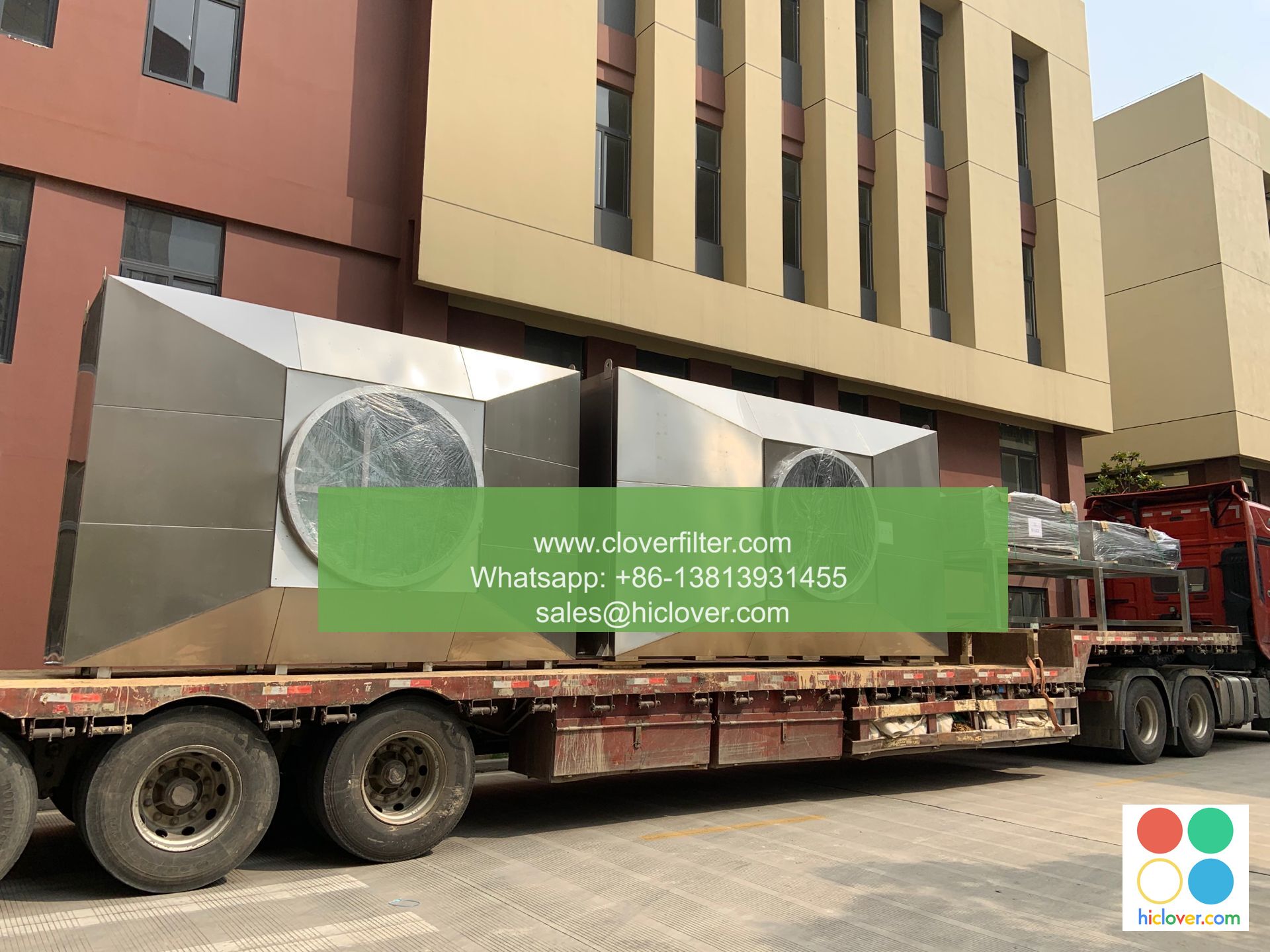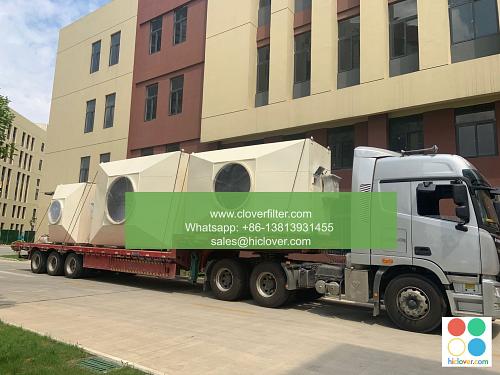Revolutionizing Air Quality: The Latest Innovations in Air Filter Technology

Revolutionizing Air Quality: The Latest Innovations in Air Filter Technology
Introduction
Air pollution has become a growing concern globally, with the World Health Organization estimating that 9 out of 10 people breathe polluted air, leading to seven million premature deaths annually. Air filters play a crucial role in improving indoor and outdoor air quality, and innovation in this technology is revolutionizing the way we breathe. This article highlights the latest advancements in air filter technology and their various applications.
HEPA-Filters: A Game-Changer in Air Cleaning
High Efficiency Particulate Air (HEPA) filters have been around for decades, but recent developments have made them even more effective. HEPA filters can now capture particles as small as 0.001 microns, including viruses and bacteria. The latest HEPA filters also incorporate advanced technologies, such as activated carbon and ozone removal, to eliminate odors and gases. These filters are widely used in residential and commercial settings, hospitals, and schools.
Carbon-Based Filters: A Solution for Indoor Air Purification
Activated carbon filters are designed to absorb gases, volatile organic compounds (VOCs), and odors. They are particularly effective in removing chemical pollutants, which are often not captured by HEPA filters alone. Carbon-based filters are widely used in applications such as residential air purification, industrial processes, and automotive ventilation systems.
Electrostatic Filters: The Future of Air Cleaning
Electrostatic filters use electrostatic charges to attract and trap particles, making them highly effective at capturing small particles and pollutants. These filters are also energy-efficient and require less maintenance than traditional HEPA filters. Electrostatic filters are used in various applications, including commercial air purification systems, industrial ventilation, and aircraft cabin air systems.
Advanced Nanofibers: Revolutionizing Air Filtration
Nanofibers are ultra-fine fibers with a diameter of 100 nanometers or less. These fibers can be used to create filters that are highly efficient at capturing particles as small as 0.01 microns. Nanofiber filters are also lightweight and flexible, making them ideal for use in wearables, electronics, and aerospace applications.
Applications of Advanced Air Filter Technology
The latest innovations in air filter technology have far-reaching implications across various industries and applications:
- Commercial and Residential Spaces: Advanced air filters can be used to create healthier indoor environments, reducing the risk of airborne diseases and improving overall well-being.
- Industrial Processes: Air filters are used to improve air quality, reduce emissions, and increase production efficiency in industries such as manufacturing, mining, and energy.
- Healthcare: Air filters are essential in hospitals, clinics, and medical facilities to prevent the spread of airborne pathogens and reduce patient risk.
- Transportation: Air filters are used in vehicles, aircraft, and maritime vessels to improve air quality, reduce emissions, and enhance occupant comfort.
Conclusion
The latest advancements in air filter technology have made significant strides in improving indoor and outdoor air quality. From HEPA filters to electrostatic filters, carbon-based filters, and nanofibers, these innovations have revolutionized the way we breathe. As the importance of air quality continues to grow, it is essential to harness these technologies to create a healthier and more sustainable future.
I’m here to help! What would you like to talk about or do? Do you have a specific question, topic, or task in mind? I’m happy to assist you.

